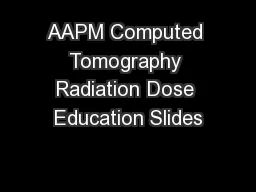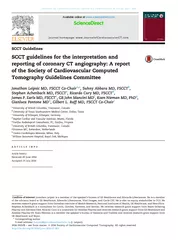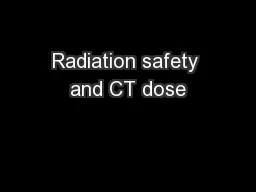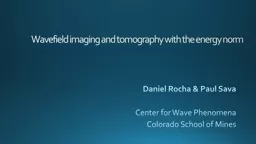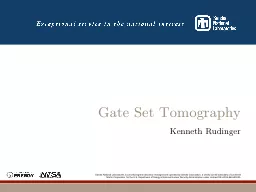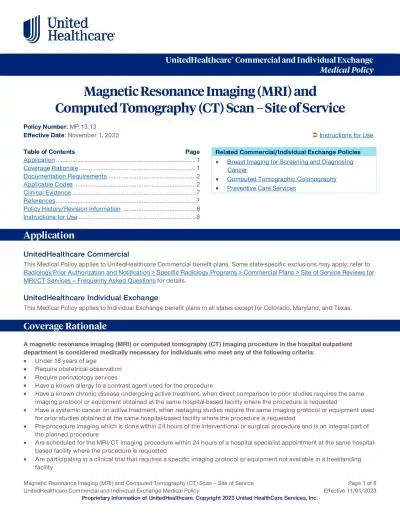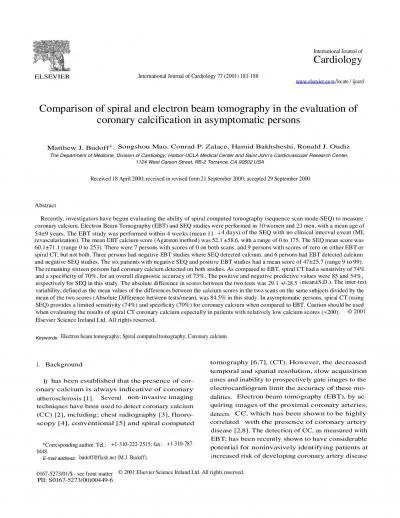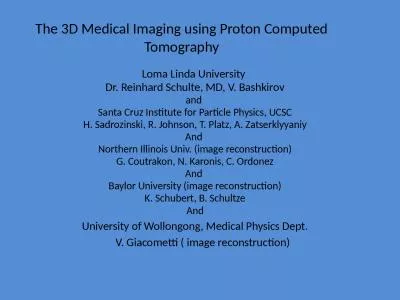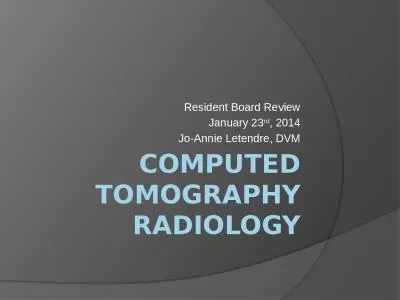PPT-AAPM Computed Tomography Radiation Dose Education Slides
Author : giovanna-bartolotta | Published Date : 2017-03-31
Many of the terms used in these slides can be found in the CT Terminology Lexicon httpwwwaapmorgpubsCTProtocolsdocumentsCTTerminologyLexiconpdf Last updated 18 November
Presentation Embed Code
Download Presentation
Download Presentation The PPT/PDF document "AAPM Computed Tomography Radiation Dose ..." is the property of its rightful owner. Permission is granted to download and print the materials on this website for personal, non-commercial use only, and to display it on your personal computer provided you do not modify the materials and that you retain all copyright notices contained in the materials. By downloading content from our website, you accept the terms of this agreement.
AAPM Computed Tomography Radiation Dose Education Slides: Transcript
Download Rules Of Document
"AAPM Computed Tomography Radiation Dose Education Slides"The content belongs to its owner. You may download and print it for personal use, without modification, and keep all copyright notices. By downloading, you agree to these terms.
Related Documents

